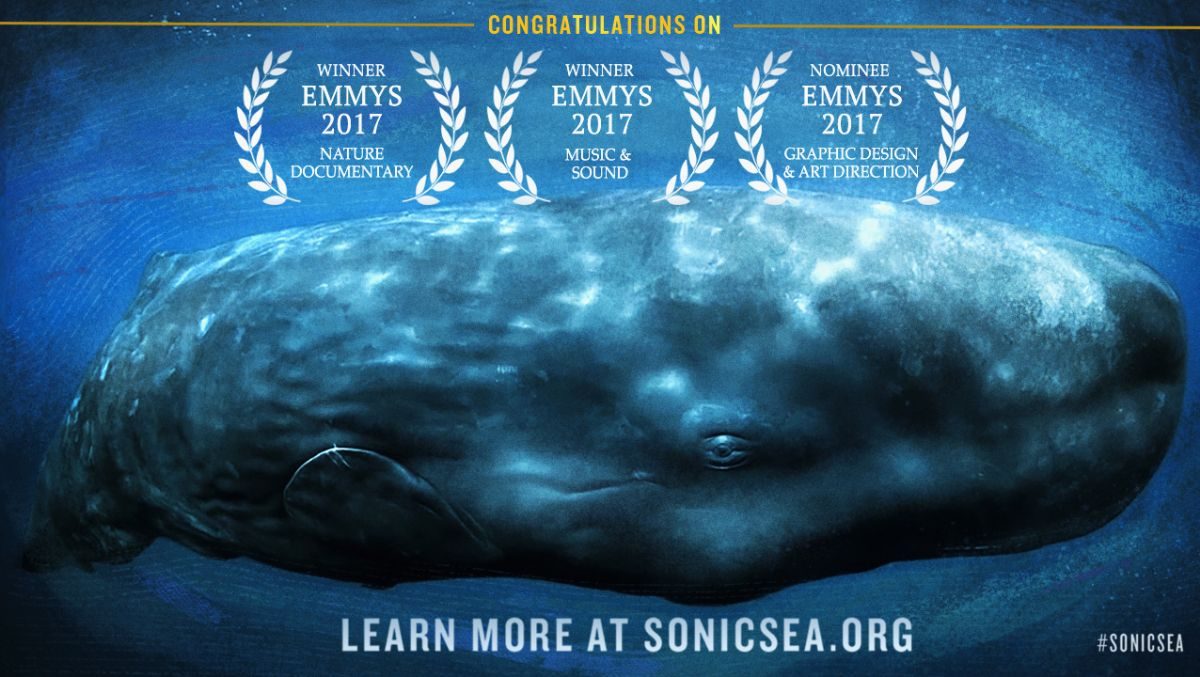A Quiet Ocean
12.08.2020

Loud noises make us jump, but they rarely cause a fatality – you can consider yourself very unlucky if you die from a balloon popping.
In the water it’s different.
Noise carries a long way and it’s a lot louder nearer its source.
Many marine creatures are far more attuned to sound than we are; their whole existence relies on it.
Imagine their pain when oil and gas explorers shoot seismic airguns or when an enormous cruise liner passes ‘overhead’?
Sometimes it’s worse than pain, it’s death.
Many whales and dolphins die of haemorrhages only hours after extreme underwater noise – and noises like sonar are disorienting, causing large ocean animals to beach themselves.
This happens all over the globe and correlates with sonar testing.
We need to be quiet in their silent world.
Some marine animals do acclimatise to our racket, but most don’t. Seismic airguns are particularly nasty.
These are used for exploring, firing down to the deepest depths to examine the sea floor, often seeking oil or gas deposits.
The guns fire an array of compressed air which reflects off the sea bed.
Needless to say the bubbles hit everything in their way, down and up.
In 2016, the film ‘The Sonic Sea’ examined the critical relationship between sound and marine life via a mystery – why were so many whales stranded on a beach at the same time?
The film explores their acoustic habitat and features Ken Balcomb, the Navy pilot who proved naval sonar is killing whales.
The film shows why we need a quiet ocean.
If we don’t stop the pollution, it will die. And when the ocean dies we die.